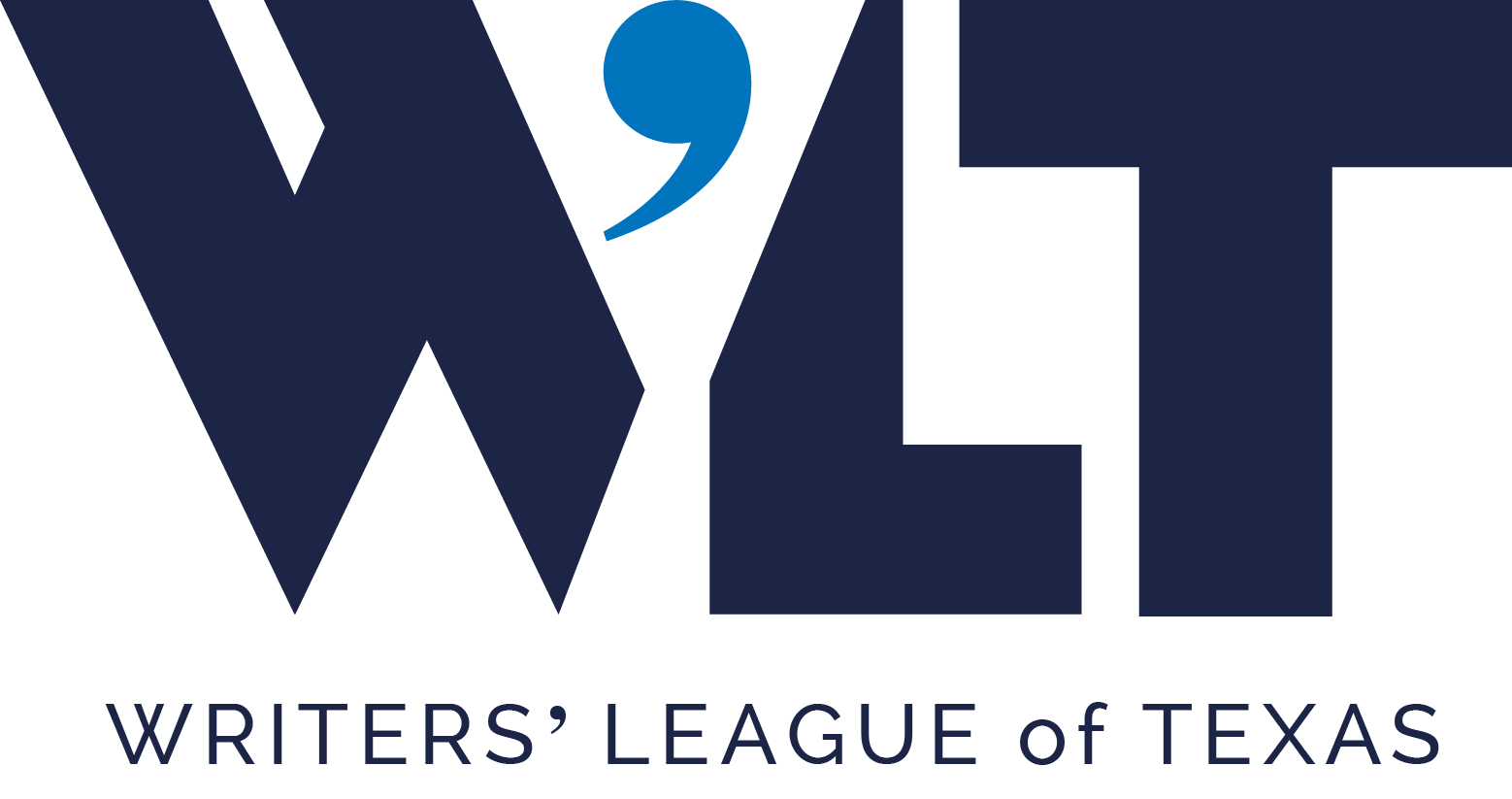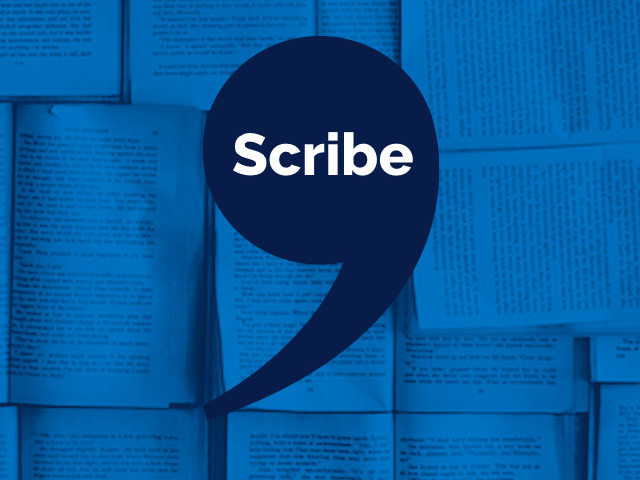“When you choose a point of view, you are choosing the lens through which you want your reader to see the world you are creating.”
-Stephanie Noll
Stephanie Noll is teaching an online class for the Writers’ League called “Whose Story Is it? Playing with Point of View.” Choosing a point of view shapes how you—and your reader—experience any narrative. This class will give students the tools to determine how to best tell a story using point of view.
 Scribe: Which points of view will you be discussing?
Scribe: Which points of view will you be discussing?
Stephanie Noll: We will discuss 1st person, 2nd person, and 3rd person limited and omniscient.
Scribe: Why is it important to consider the different points of view a story can use?
SN: When you choose a point of view, you are choosing the lens through which you want your reader to see the world you are creating. Each POV option has its advantages and shortcomings, so a writer should be clear on which POV they are selecting and how that choice will best support the story they are telling.
Scribe: In the class description, you ask, “What if Gone Girl had been told through a 3rd person omniscient point of view?” What would have happened?
SN: Part of the success of a novel like Gone Girl is that the writer is asking the reader to consider multiple points of view and determine (or not!) what is reliable. The book is written in a way that allows the reader to draw their own conclusions, and had it been told using the 3rd person omniscient POV, some of that would be lost.
Scribe: Once you pick a point of view for a story, do you need to stick with it? Can you ever change it?
SN: When revising, you might determine that the POV you initially told the story from is not effective. But there are lots of books that vary the POV from chapter to chapter.
Scribe: Are there certain kinds of stories that are better off told through particular points of view?
SN: I think it can help to look at the genre that you are writing in. Young adult novels are often written in the first person, I think because that POV offers and immediate intimacy. Mystery novels or crime dramas seem to use a 3rd person POV–it’s escapist fiction, right? Using that POV really can allow for the author to create a character–one that might even be the fixture of a whole series of books. With literary fiction, it’s definitely anything goes, and I think it’s in that genre where you’ll see writers experiment with POV.
Scribe: What are some of the stories and novels that you’ll be using as examples?
SN: We’ll read excerpts from The Great Gatsby, Gone Girl, and ZZ Packer’s fantastic story “Drinking Coffee Elsewhere.” We’ll take a look at pages from Mary Karr’s Cherry to consider how to use the 2nd person POV, and we’ll look at work by Mary Helen Specht and Ben Fountain when talking about the 3rd person POV.
—
Thanks, Stephanie!
Click here to register for Stephanie’s class.
Click here for our current online class schedule.
About the Instructor
Stephanie Noll taught the Advanced Craft Workshop in Fall 2016. She studied fiction writing at Texas State University, where she earned her MFA. She is a frequent storyteller at The Story Department, a monthly fundraiser for the non-profit Austin Bat Cave, and has also told stories at Listen to Your Mother, Backyard Story Night, Hyde Park Story Night, and the Tellers. Stephanie has 18 years of teaching experience and works as a senior lecturer in the English department at Texas State where she recently was awarded an Excellence in Teaching award. Stephanie is the director of Old Books for New Teachers, an organization that helps first-year teachers build classroom libraries. She has written a novel about a standardized test cheating scandal at an inner-city Houston high school.









